The islands of Primeiras and Segundas off the coast of Mozambique are a major nesting site for several marine turtle species. WWF, in partnership with CARE, has worked to train local rangers to patrol nesting sites along these islands and marine turtle poaching has decreased significantly. We also work with local communities in Mozambique and Kenya to reduce turtle harvesting and local trade. Because exploitation of turtles is often driven by a lack of economic choices, WWF works to develop alternative livelihoods so that local people are no longer dependent on turtle products for income.
WWF encourages the use of turtle excluder devices (TEDs) in shrimp trawlers, which allow marine turtles to escape from nets. In Mozambique, WWF helped initiate a new law that makes TEDs mandatory in the country’s shrimp trawl fleet. Once implemented, the law will save the lives of up to 5,000 marine turtles per year and allow Mozambican fishers to sell their shrimp to the U.S. market.
Protecting Freshwater Areas
Lake Niassa is an important source of freshwater, home to over 1000 fish species and critical to the livelihoods of the people of Mozambique. Threatened by illegal fishing, agricultural pollution and surrounding forest degradation, WWF worked to protect this area for future generations. In 2011 with WWF’s support, the government of Mozambique officially created the Lake Niassa Reserve. Lake Niassa is located in Mozambique and shares borders with Malawi and Tanzania. It spans 11,430 square miles (Mozambique’s portion is 2,470 square miles), is the eighth largest fresh water lake in the world and second deepest in Africa.
WWF also facilitated the organization of local fishing communities and helped build their capacity to combat illegal fishing, create alternative sources of income, and implement environmental education programs. Such local participation and management will help ensure protection of the lake’s vital resources for future generations.
Establishing Marine Protected Areas
WWF helped Mozambique establish the Quirimbas marine reserve in 2002. The park is Africa’s largest marine protected area—rich with coral reefs, dugongs, dolphins, marine turtles, whales, sharks and hundreds of species of fish. Local communities play a critical role in management and patrolling of the area, and have established sanctuaries (no-fishing zones) that allow for the recovery of depleted fish stocks and corals. WWF has also helped community fishing councils gain authority to combat illegal fishing in the reserve. Increased numbers of fish in the sanctuary areas benefit local fishermen who catch more fish in the surrounding areas, and have fueled a profitable tourism industry.
Creating Sustainable Fisheries
In the Western Indian Ocean, WWF works to transform the way fisheries are managed in order to achieve sustainability. One area of work focuses on tuna, as we seek to help fisheries achieve certification by the Marine Stewardship Council (MSC). We also work towards MSC certification for the deep water shrimp fishery in Mozambique. To reduce illegal fishing, WWF supports local rangers who monitor artisanal fisheries. Through our involvement in the creation of local fishing associations, fishermen are recruited to monitor bycatch of turtles and dugongs and provide us with important data on population trends.
Preserving Freedom to Roam
Elephants and other wildlife require freedom to roam in search of food and freshwater. There are protected wildlife areas in southern Tanzania and northern Mozambique, but they are separated by areas with large human populations. Wildlife need corridors to move safely and easily between protected areas. WWF works with government and communities to develop land use plans that allow wildlife movement and human use to coexist.
We work with farmers to adopt practices that conserve resources and use less space, ensuring forest remains intact for wildlife. We help them increase crop yield, improving livelihoods and offering alternatives to poaching. We also provide tools to reduce conflict with wildlife.
Saving Coastal Forests
WWF seeks to halt the illegal logging in Mozambique and Tanzania that is destroying vital coastal forests. We collaborate with authorities on a comprehensive investigation of illegal practices in an effort to create new policies and standards that mandate sustainable forest management and trade.
Aiming to reduce illegal activities, WWF helped the governments of Tanzania and Mozambique agree to work cooperatively on improving forest management. This benefits local people who rely on the forest for their livelihoods and frees up resources for the governments to improve local education and health infrastructure.
Combating Illegal Wildlife Trade
WWF supports the rangers who patrol protected areas in Tanzania and Mozambique. We facilitate ranger training and provide equipment. Outside of protected areas, WWF supports joint antipoaching efforts, involving police, military and park service staff. These campaigns have led to arrests of poachers and seizures of weapons and illegal wildlife items, including ivory and rhino horn. Joint operations have also improved the collaboration among different law enforcement institutions. WWF continues to support law enforcement and promote awareness of illegal wildlife trade.
Adapting to Climate Change
WWF has worked with local communities to replant and restore degraded mangrove forests in Tanzania and Mozambique, enhancing the resilience of these habitats to climate change. The different types of mangroves that were planted can withstand longer periods of flooding. At the same time, inland areas were restored, enabling mangroves to adapt to sea level rise.
WWF works with communities to identify vulnerabilities to climate change, and help them develop strategies to adapt and increase their resilience. For example, we work with farmers to adopt drought resistant crops and conserve natural resources in the face of water shortages.

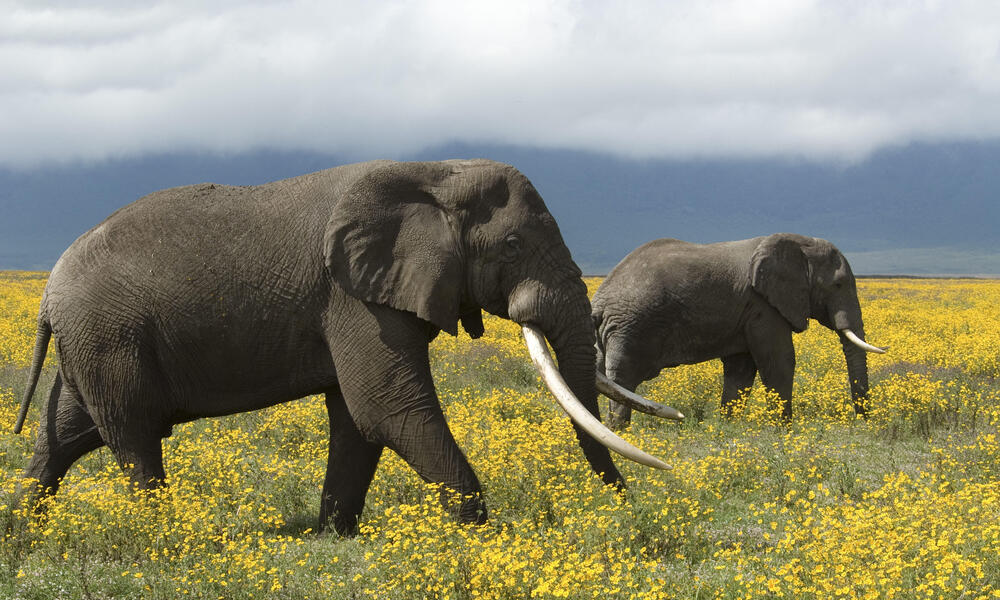
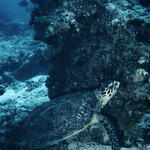 Sea Turtle
Sea Turtle
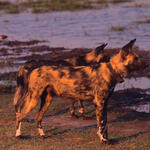 African Wild Dog
African Wild Dog
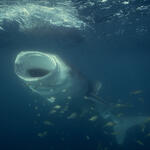 Whale Shark
Whale Shark
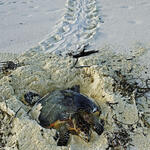 Hawksbill Turtle
Hawksbill Turtle
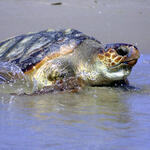 Loggerhead Turtle
Loggerhead Turtle
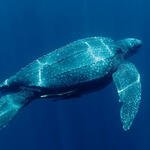 Leatherback Turtle
Leatherback Turtle
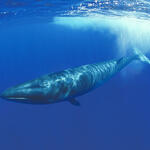 Sei Whale
Sei Whale
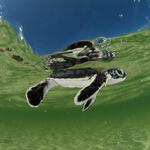 Green Turtle
Green Turtle
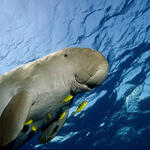 Dugong
Dugong
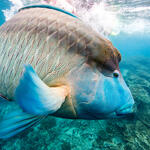 Humphead Wrasse
Humphead Wrasse
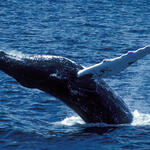 Whale
Whale
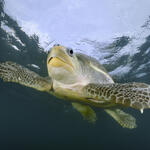 Olive Ridley Turtle
Olive Ridley Turtle
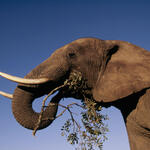 African Elephant
African Elephant
 Black Rhino
Black Rhino
 White Rhino
White Rhino
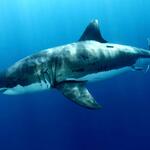 Great White Shark
Great White Shark
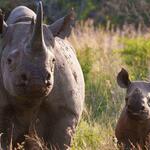 Rhino
Rhino
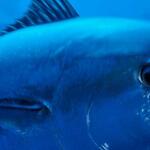 Tuna
Tuna
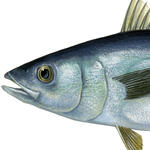 Albacore Tuna
Albacore Tuna
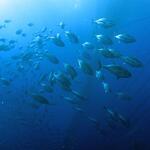 Bigeye Tuna
Bigeye Tuna
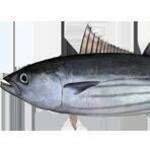 Skipjack Tuna
Skipjack Tuna
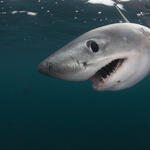 Shark
Shark


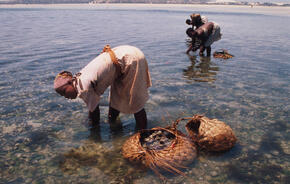
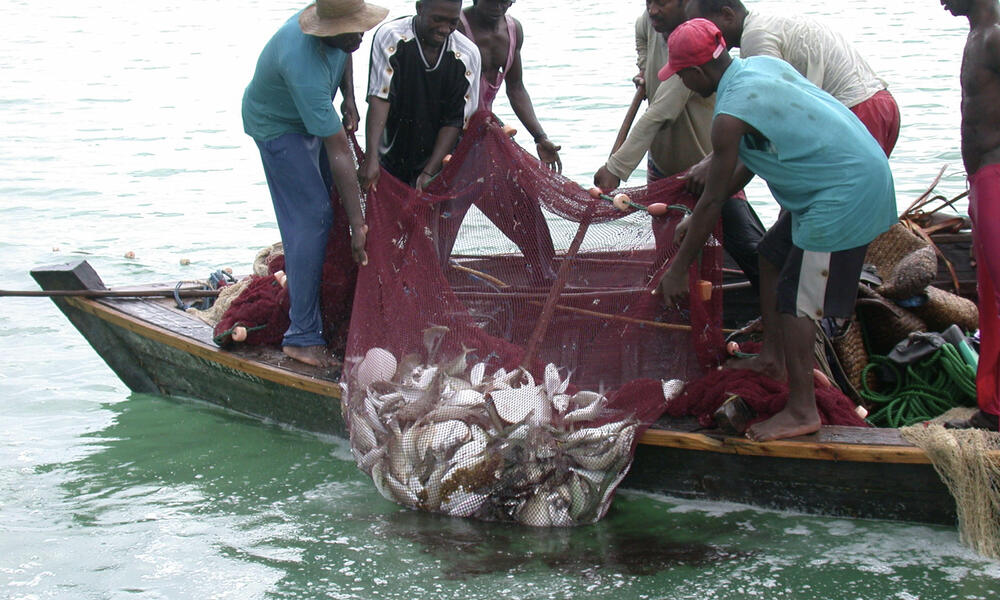




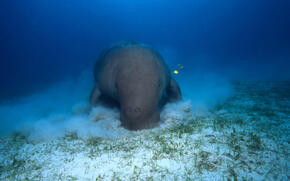


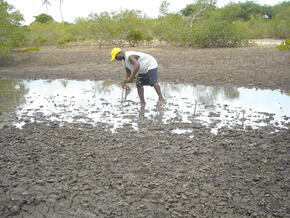
 Kate Newman
Vice President, Sustainable Infrastructure and Public Sector Initiatives
Kate Newman
Vice President, Sustainable Infrastructure and Public Sector Initiatives